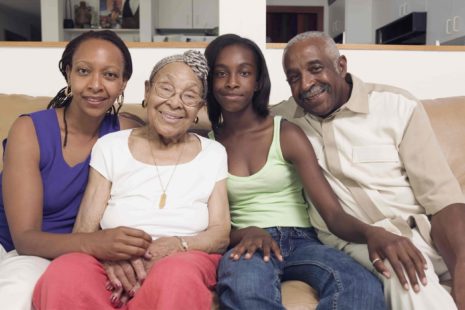When hospice is called in, a team of healthcare professionals will begin working with the patient and their family to provide specialized care and support during the end-of-life phase. Here are some typical steps that may occur when hospice is called in:
- Assessment: The hospice team will evaluate the patient’s medical condition, symptoms, and needs to determine if they meet the criteria for hospice care.
- Care plan development: If the patient is eligible for hospice care, the hospice team will work with them and their families to develop a personalized care plan that meets their needs and preferences.
- Symptom management: The hospice team will provide specialized care and support to manage the patient’s symptoms, such as pain, shortness of breath, and nausea.
- Medical equipment and supplies: The hospice team will provide necessary medical equipment to manage the patient’s symptoms and ensure comforts, such as oxygen therapy, hospital bed, or incontinence supplies.
- Counseling and support: The hospice team will provide counseling and emotional support to the patient and their family to help them cope with end-of-life care’s emotional and psychological challenges.
- Spiritual support: The hospice team may also provide spiritual support to the patient and their family if desired.
- Bereavement support: The hospice team may also provide bereavement support to the patient’s loved ones after passing away.
The hospice team will continue to monitor and adjust the patient’s care plan as needed to ensure they are comfortable and supported throughout the end-of-life phase.







